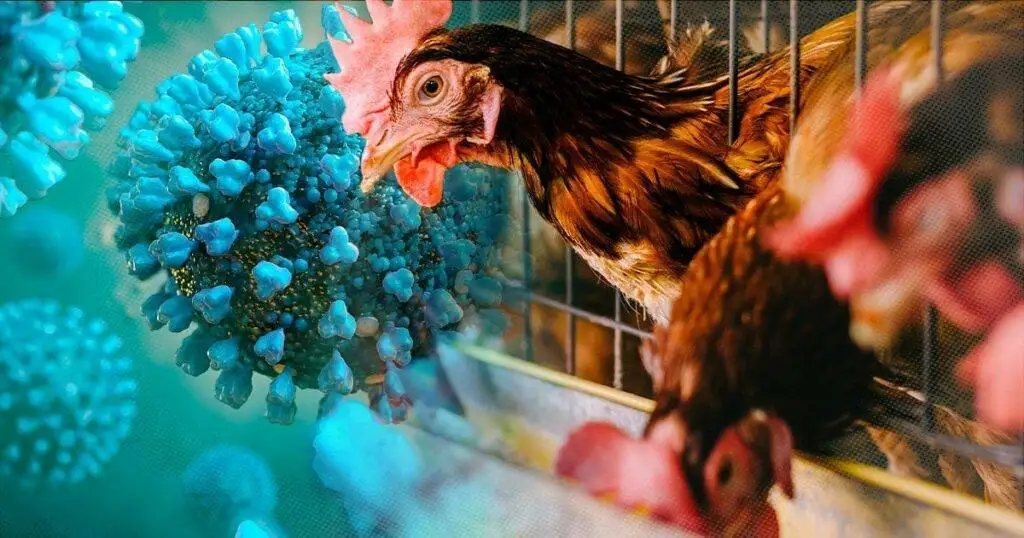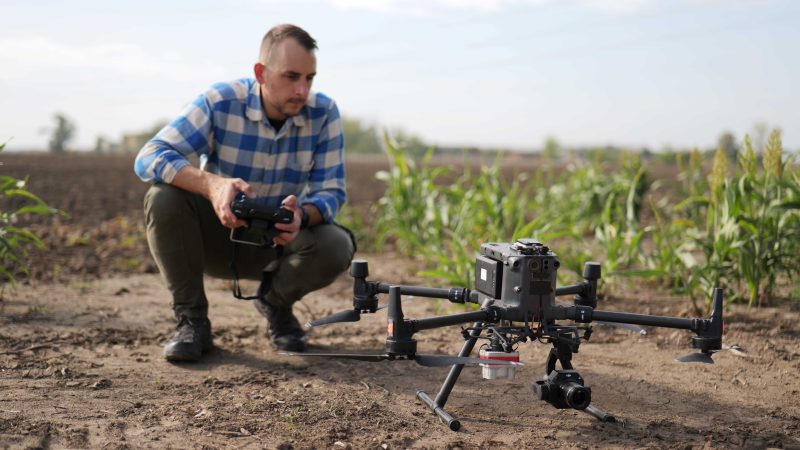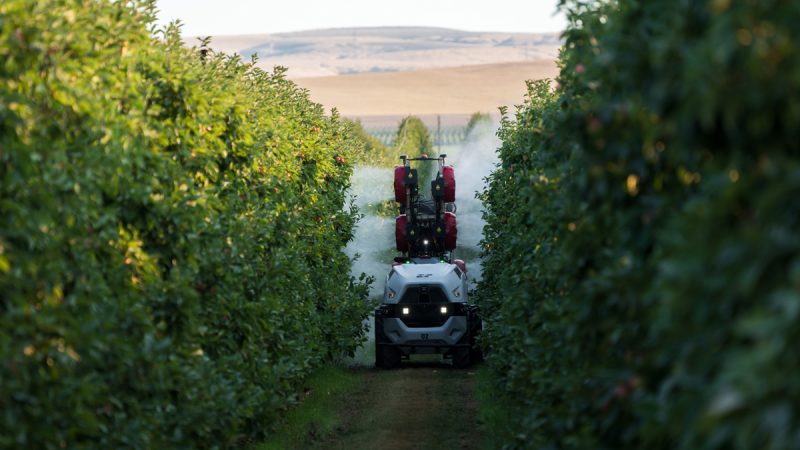
Urgent Response Needed to Combat Rising Bird Flu Cases in Asia-Pacific
The Food and Agriculture Organization (FAO) of the United Nations has issued an urgent call for a unified response to tackle the alarming increase in avian influenza cases across the Asia-Pacific region. This surge in cases poses a significant threat to both human and animal health, necessitating immediate and coordinated action.
Widespread Spread of H5N1 Virus
The H5N1 virus, responsible for this outbreak, has reached unprecedented levels of spread, now extending as far as South America and Antarctica. The virus has been infecting new wild and domestic animal species, heightening the risk of a broader pandemic. Kachen Wongsathapornchai, regional manager of the FAO’s Emergency Centre for Transboundary Animal Diseases, highlighted the emergence of novel A/H5N1 strains that are more easily transmissible, thus increasing the pandemic threat.
“Since late 2023, we have observed a rise in human cases and the virus spreading to new animal species,” said Wongsathapornchai. “Immediate, coordinated preventive measures are essential.”
Human Infections on the Rise
The FAO has reported 13 new human infections in Cambodia since late 2023, with additional cases in China and Vietnam. Countries such as Indonesia and the Philippines are facing heightened risks due to their diverse ecological landscapes and limited biosecurity measures. India, Nepal, and Bangladesh are also battling outbreaks, underscoring the widespread nature of the issue.
Need for Coordinated Preventive Measures
In light of this escalating crisis, the FAO has called for member nations to work together to implement comprehensive surveillance systems, including full genome sequencing, to track the virus’s spread and evolution. The organization has also emphasized the importance of transparent information sharing among governments, international organizations, and the private sector. Strengthening biosafety measures within the poultry industry is crucial to prevent further spread.
Global Impact and Spread
The H5N1 strain of avian flu has been devastating, killing billions of farmed and wild birds and spreading to tens of mammal species. Australia, currently dealing with three parallel outbreaks of bird flu, reported a human H5N1 case in May. Earlier this year, a Chinese woman died from a rare H3N8 subtype of avian influenza, marking the world’s first death from this strain.
Scientific Concerns and Surveillance Gaps
Scientists tracking the spread of bird flu have expressed growing concern over gaps in surveillance, which may leave the world several steps behind a new pandemic. Interviews conducted by Reuters with more than a dozen leading disease experts revealed significant worries about the current state of surveillance and the potential for a new pandemic to emerge without adequate preventive measures.
Recommended Actions
To address this critical situation, the FAO recommends the following actions:
Strengthen Surveillance Systems: Implement comprehensive surveillance systems, including full genome sequencing, to monitor the virus’s spread and evolution.
Enhance Information Sharing: Encourage governments, international organizations, and the private sector to share information transparently to ensure a coordinated response.
Improve Biosecurity Measures: Urge the poultry industry to strengthen biosafety measures to prevent further spread of the virus.
Increase Public Awareness: Educate the public and stakeholders about the risks associated with avian influenza and the importance of preventive measures.
Invest in Research and Development: Support research efforts to develop effective vaccines and treatments for avian influenza.
Conclusion
The rising cases of avian influenza in the Asia-Pacific region require immediate and coordinated action. By implementing comprehensive surveillance systems, enhancing information sharing, improving biosecurity measures, increasing public awareness, and investing in research and development, we can mitigate the risks and protect both animal and human health. The FAO’s call to action underscores the urgency of this matter, and we must respond promptly and effectively.
Addressing this global health threat demands a concerted effort from all stakeholders. The FAO‘s comprehensive approach aims to curb the spread of avian influenza and prevent the emergence of a new pandemic. The time to act is now, and the responsibility lies with governments, international organizations, the private sector, and individuals to take the necessary steps to safeguard public health.


![African agricultural journalists elect new officials [MEET THE TEAM]](https://www.dailyagricnews.com/wp-content/uploads/2025/03/PAAJ-logo-768x768-1-768x450.webp)

